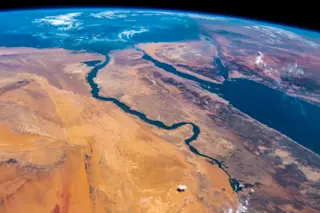You've had a chance to vote for Group A (although voting for all groups will be open until June 26 at noon EDT), so now its time to move to Group B: Australia, Chile, the Netherlands and Spain. Australia: If you're looking for a continent free of most tectonic disasters -- earthquakes and volcanoes -- you could pick no better than Australia (however, to balance things out, pretty much all plants and animals are poisonous, right?) The nation itself only has a few volcanic fields that may have erupted in the last 10,000 years, including the Newer Volcanic Province in the south and the Atherton Volcanic Field in the north. To find any real active volcanism, you need to travel into the middle of the Indian Ocean, where you find Mawson Peak (see below) on Heard Island -- about as remote as you can get, but the volcano might host ...
Volcano World Cup: Group B
Explore potentially active volcanoes, including Chaitén erupting in Chile and Mawson Peak on Heard Island. Discover their fascinating features!
More on Discover
Stay Curious
SubscribeTo The Magazine
Save up to 40% off the cover price when you subscribe to Discover magazine.
Subscribe












